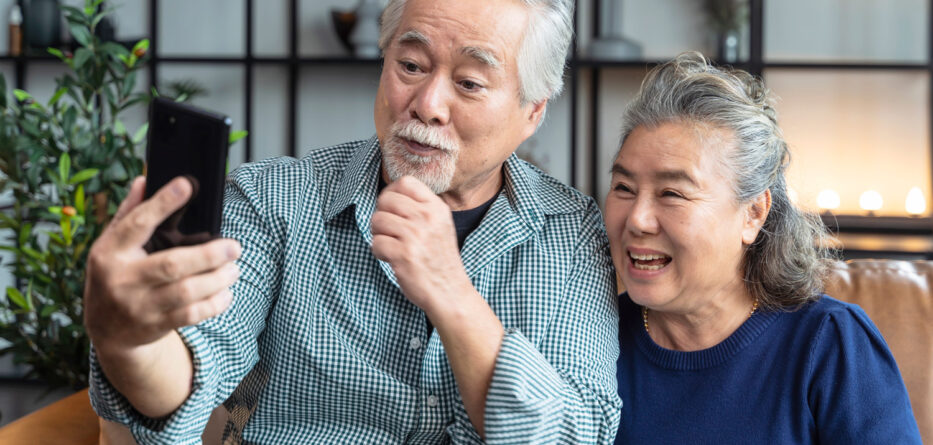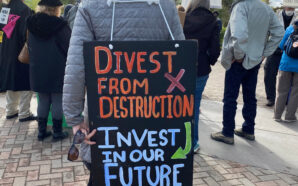Sunita Sohrabji
Ethnic Media Services
The tradition of caring for one’s aging parents is embedded in Asian culture. But 2nd generation AAPIs face multiple challenges in caring for their immigrant parents, including a lack of support, finances, and just plain time.
In its 2020 report: “Asian Americans 65 and Older,” the Administration for Community Living — an agency within the federal Department of Health and Human Services — notes that the Asian American population age 65 and older was 2,492,874 in 2019 and is projected to grow to 7.9 million by 2060. Older AAPIs largely live in three states: California, Texas, and New York, noted the report. More than 9% of the elderly AAPI population lives in poverty, with an average annual income of $30,788, and just $19,561 for older Asian American women. About 25% of Asian American seniors live with their adult children.
‘We Care’
The National Asian Pacific Center on Aging is one of five organizations involved with Asian Americans Advancing Justice-AAJC’s Narrative Change and Caregiving Project. The initiative is funded by the Robert Wood Johnson Foundation.
For the project, NAPCA created four videos of families discussing the myriad of challenges involved in care-giving. The filmmakers brought together a deeply-moving range of narratives. One film tells the story of two Indian American daughters caring for their mother, formerly a physician, who can now only communicate by blinking as her disease progresses. Another film focuses on a Filipino American man trying to balance the twin challenges of a full time job and being the sole care giver for his 91 year old mother. In a sweet moment, the two chat about old times as they make egg rolls together.
A young Hawaiian Chinese woman lives with her elderly mother, who suffers from multiple illnesses. They are forced to talk about end of life expectations as a close family member is moved to hospice care. And in another film, a Thai American woman, whose elderly parents still work at their restaurant despite health challenges, says: “I feel like I’m the parent of two really stubborn children.”
The series is titled: “We Care.”
Patience and Love
“Every story is different, the expectations are different,” Benny Lai, a spokesman for NAPCA, told Ethnic Media Services. “But the mindset is the same. You have to have a lot of patience and love. Otherwise you cannot be a caregiver.”
“Asian folks are more willing and common to be caregivers. Back in our home countries, it’s very common that the second generation are living with their parents,” said Lai. “And when they are in the States, living in bigger homes, getting married, moving out of their parents’ homes, they find it easier to hire a couple of domestic helpers at maybe $3,000 to $4,000 a month per person, or put them in elderly houses for $4,000 a month. But not a whole lot of people can afford them,” he said, noting that by default, adult children become their parent’s caregivers.
Denyse Woo Ockerman, who lives with her mother Irma in Hemet, California, characterizes her mom as “my best friend.”
Ohana
“We were meant to be together,” she says in her film. “Caregiving is imprinted in our culture. It is ohana,” says Woo Ockerman, using her culture’s word for a deeply-tied family.
“Love is With Me,” are the words that echoed through Manisha and Nayana Shahane’s mother’s journal, which she began to write shortly after being diagnosed with Multiple Symptom Atrophy. The family’s long term care insurance ran out: Manisha and Nayana had to step up round-the-clock care, often at expense to their own well-being.
The loss of time for self-care was a theme that echoed through all four videos. But each caregiver also spoke about the deep satisfaction they had gained from caring for a vulnerable human being.
All four films will be featured at various film festivals around the US beginning in May. They can be viewed on NAPCA’s YouTube channel next month.






